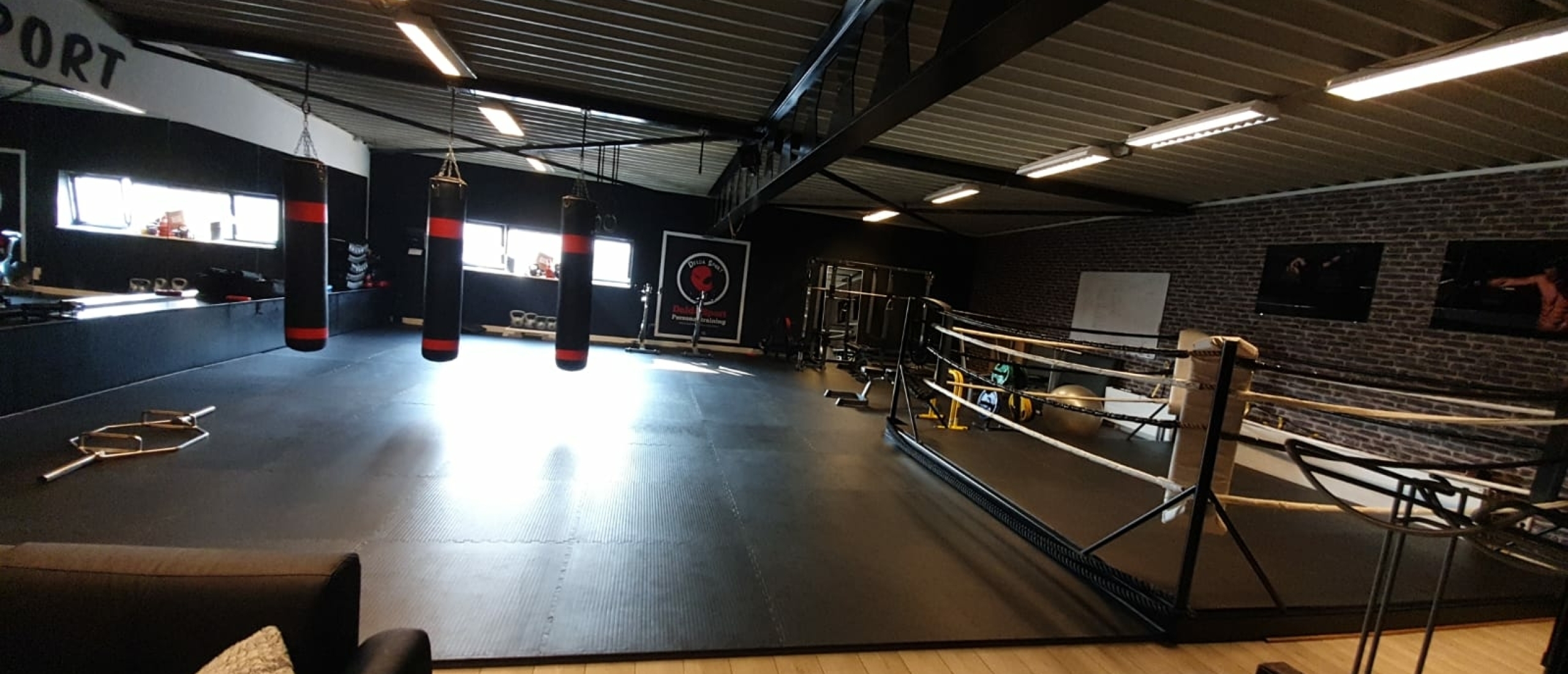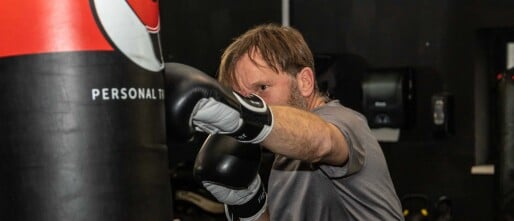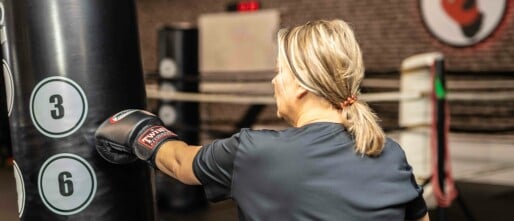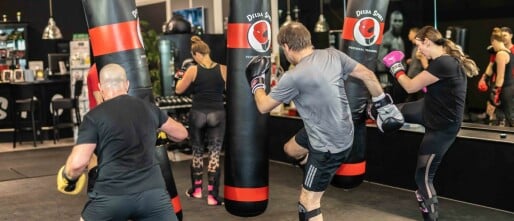Heavy bag sessions are an essential part of kickboxing training. They assist you in improving your abilities and endurance while helping you to completely release all of your tensions by hitting the punching bag.
Is a heavy bag really required among the most frequently debated parts of kickboxing practice? Some professionals like to use the bag; some prefer to use mitts, while others prefer to incorporate shadowboxing and skip using any gear at all. When you're first learning a new kickboxing combination, your best choice is to practice shadowboxing until you've mastered it. This might help you avoid harm if you swing a strike poorly.
But, after establishing a proper approach, transitioning to practising on a heavy bag is the greatest technique to practice since it will help you increase power and enhance your fighting techniques. Beginners who have less knowledge about the workout routines but have great interest in often have many unanswered questions, and we are here to answer all of them.
A simple answer to the most asked question, "is heavy bag important" is YES. It is imperative as it is the backbone of boxing as a sport, and without it, you can't train yourself properly. However, it does depend on personal preferences as some like to base their whole workout around a heavy bag. In contrast, others prefer adding a few other exercises to keep them going. This article will let you know everything there is to know about heavy bags to decide what's best for you.
Are Heavy Bag Routines Considered to Be an Effective Workout?
Yes, irrespective of your ability to kickboxing, striking the heavy bag is a fantastic exercise. While shadowboxing is an excellent way to learn fundamental kickboxing skills, and you can indeed include it in your workout routine, boxing with a punching bag may help you improve your boxing abilities and build body muscles.
Taking this into account, not every heavy bag is suitable for your exercise routine. There are multiple types of heavy bags available in the market, and you have to use one before investing money in it to get the best product. Furthermore, judgments concerning the heavy bag's fabric, such as leather, and is it freestanding or can be hung in the place of your choice.
Every bag will allow you to build your strength, but picking the ideal heavy bag according to your level will assist you in achieving the next stages of your practice and help you round out your workouts and kickboxing routine.
What are the Common Types of Punching Bags?
1. Heavy Bag
The heavy bag is one of the most often incorporated punching bags in kickboxing and other combat sports. A conventional heavy bag is typically 4ft-5ft high, with a uniform breadth. Usually, they will hang such that the base is slightly underneath the waistline. A heavy bag is quite adaptable, allowing you to practice most fundamental skills such as straight punches, jabs, kicks, elbow strikes, and other moves.
2. Speed Bag
The speed bag seems strange initially, and the hand movements are similar to hammering fists than an authentic punch, but it has some substantial advantages. As you punch the speed bag, it swiftly comes back and forth against the panel placed over it, requiring you to coordinate your following punch within the bounces to land correctly and maintain the beat continuing smoothly.
3. Freestanding Punching Bag
Freestanding heavy bags are mounted on a platform instead of hanging from the ceiling. The bottom is typically wholly submerged with water or sand to keep it standing. Freestanding bags are used commonly in homes as a convenient way to exercise as many people don't have a place to hang a heavy bag. They are also convenient because you can move them according to your preference and they won't be swinging at all times.
With all the accessibility, they are far less prevalent in professional gyms. Although freestanding heavy bags are convenient, they are sometimes too lightweight to strike with force. Therefore many might be easy to knock over, and some even lack the swaying action compared to other heavy bags.
4. Uppercut Bag
The uppercut heavy bag is a bit angular bag attached to the wall. They're great for quick boxing combos since they have target portions for straight punches, uppercuts, hooks, and body blows. Because the bag does not move, they are more useful for training uppercuts.
5. Banana Punching Bag
As the name suggests, banana bags are long like actual bananas. They are widely popular among the professionals of kickboxing and Muay Thai because they are perfect for many reasons. It is easier for a person to practice their low kicks with this bag because the base is touching the floor.
Sports like kickboxing require precision and technique, low kicks are among the most prominent fighting moves, and one needs to perfect them to be called a professional, and banana bags help them achieve that perfection.
How Long Should I Hit the Punching Bag?
A beginner heavy bag routine often combines bag punches with basic resistance training, like push-ups or other typical exercises. Overall, striking a heavy bag for 20-30 minutes each day can help you practice your technique and enable you to reach the next level. 20-30 minute time frame is ideal as it tests your abilities but at the same time doesn't overexert you.
Similar to other workouts, as you increase your practice time, even more advantages will come to light. A heavy bag isn't absolutely required for a kickboxing practice, but using one can help you improve your technique and make you much more efficient.
Heavy bag exercises are efficient, enjoyable, and convenient to perform yourself. It's a good idea to watch a heavy bag training video to better picture your actions if you're having trouble learning proper form and accuracy. Kickboxing Online Training YouTube channel is what you might need for your workout routine.






